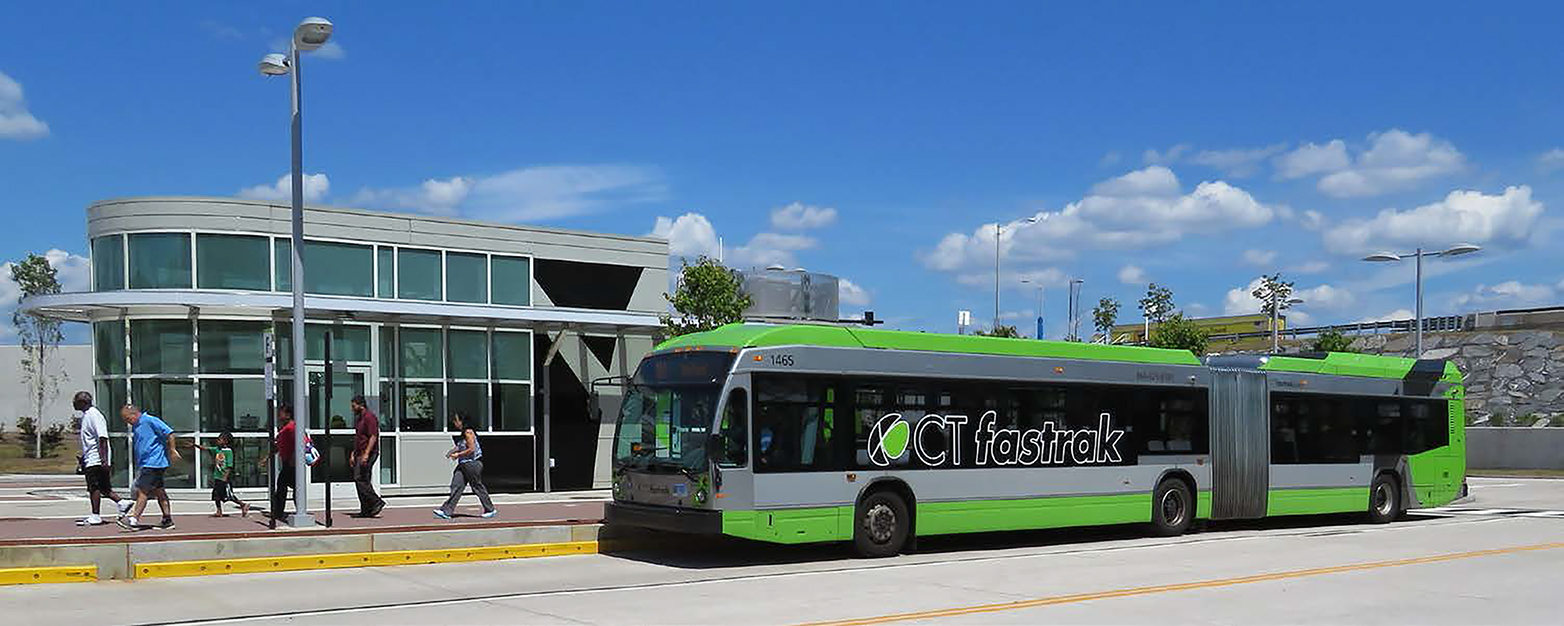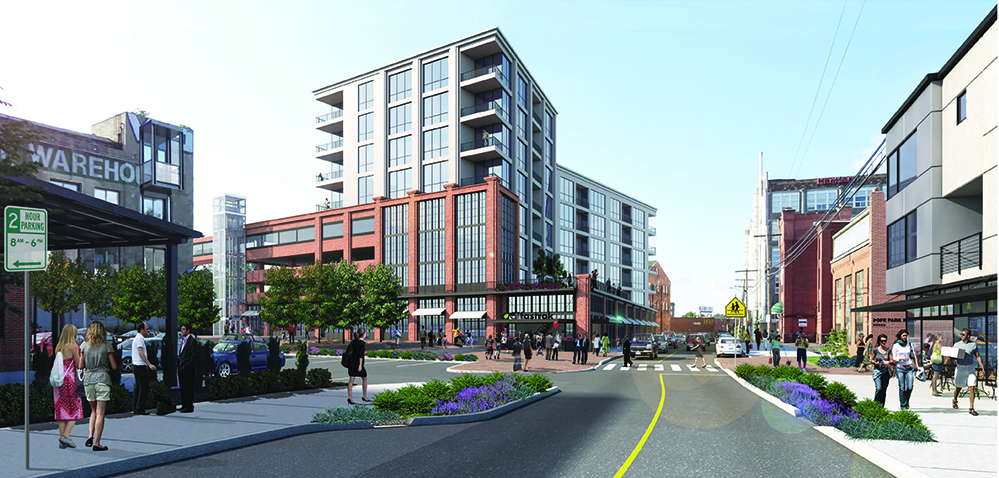TRANSIT-ORIENTED DEVELOPMENT
TOD, as defined by Section 13b-79o of the Connecticut General Statutes, refers to:
Part 1 Report
The Part 1 Report represents the following efforts which form the foundation of the Hartford Line TOD Action Plan: a corridor-wide assessment of TOD potential, including the identification of station area typologies and an overview of the regional market; TOD Desire and Readiness workshops with selected station area municipalities; an assessment of each selected station area's TOD capacity based on a synthesis of the workshops; detailed market analyses of the selected station area municipalities; interviews with stakeholders that are active in the region; and tailored recommendations for each selected station area's TOD implementation.
Part 2 Report
>>CLICK HERE to view Part 2 Report (view as spreads)

CTfastrak TOD Capacity Study
Following the launch of CTfastrak, Connecticut's first Bus Rapid Transit (BRT) system, the CTfastrak TOD Capacity Study was conducted to assess the degree of capacity for TOD within the corridor. Based on an analysis of existing conditions around the ten CTfastrak stations along the guideway and an assessment of each community's "desire and readiness" for TOD, the study offers a range of recommendations and strategies for implementation.

Hartford TOD Pilot Study
The CTfastrak TOD Capacity Study recognized significant TOD potential in the Parkville neighborhood of the City of Hartford and recommended that the City further refine and develop TOD opportunities in the area. Subsequently, the Hartford TOD Pilot Study was completed in collaboration with the City in an effort to build on the existing momentum in Parkville. The study identifies priority TOD sites with short-term and long-term potential and presents a build-out vision with a path toward implementation.

New Park Avenue Tech Memo: A Corridor Poised for Transformation
The New Park Avenue corridor, which extends between West Hartford and Hartford, has the opportunity to leverage several recent and planned multimodal transportation investments. The New Park Avenue Tech Memo summarizes how these investments have positioned the corridor for transformation and reimagines the corridor's future through a conceptual long-term build-out.
>>CLICK HERE to view New Park Avenue Memo
* * * * * * * * * * * * * * *
Elise Greenberg, AICP
Transportation Supervising Planner
Bureau of Policy and Planning
Office of Strategic Planning and Projects
(860) 594-2855 | Elise.Greenberg@ct.gov
David Elder, AICP, GISP
Transportation Assistant Director
Bureau of Policy and Planning
Office of Strategic Planning and Projects
(860) 594-2139 | David.Elder@ct.gov
